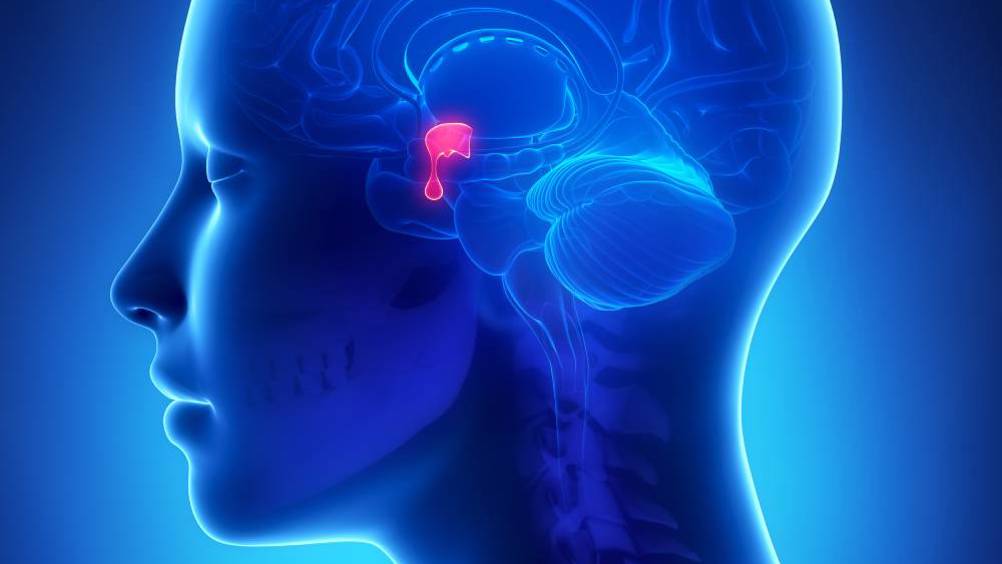References
Towards a greater understanding of the psychosocial impact of the symptoms of pituitary conditions

Abstract
Management of pituitary conditions can be problematic with many patients experiencing long-term psychological and social difficulties that impact on their quality of life. This study aimed to identify psychosocial symptoms associated with pituitary conditions that lead to poor quality of life and identify differences in symptomatology between patient groups. A survey using measures of psychological and social symptoms was sent to 2000 members of the Pituitary Foundation in January 2016. The survey was completed by 1062 patients (683 female), aged under 18 to over 65 years, using categorical age ranges. Physical and psychosocial symptoms including appearance issues, fatigue, anxiety and depression were reported. Using correlational and regression analyses, significant variation in symptoms were identified across gender, age range and condition type that were impairing patients' long-term functioning and impacting quality of life. There is a need for greater patient information and advice surrounding psychosocial symptoms of pituitary conditions.
The pituitary gland plays an important role in maintaining endocrine homeostasis as part of the hypothalamic-pituitary regulatory system (Assa and Ezzat, 2013). It is particularly vulnerable to the development of benign non-cancerous tumours (adenomas), which can lead to an over-or underproduction of pituitary hormones (Levy, 2004). Pituitary tumours are categorised based on their directional effects on hormone levels, with an additional category for the effects of tumour mass in the brain (primarily headaches and visual problems). In addition to tumours, genetic mutations can also result in isolated hormone deficiencies, such as in congenital hypothyroidism (Assa and Ezzat, 2013). Occasionally, traumatic brain injuries or treatments for other medical conditions can also lead to pituitary problems (Bondanelli et al, 2004). A wide range of pituitary disorders affect adults; some are present from birth, while others develop over time (Iorgi et al, 2012).
Register now to continue reading
Thank you for visiting Community Nursing and reading some of our peer-reviewed resources for district and community nurses. To read more, please register today. You’ll enjoy the following great benefits:
What's included
-
Limited access to clinical or professional articles
-
New content and clinical newsletter updates each month

